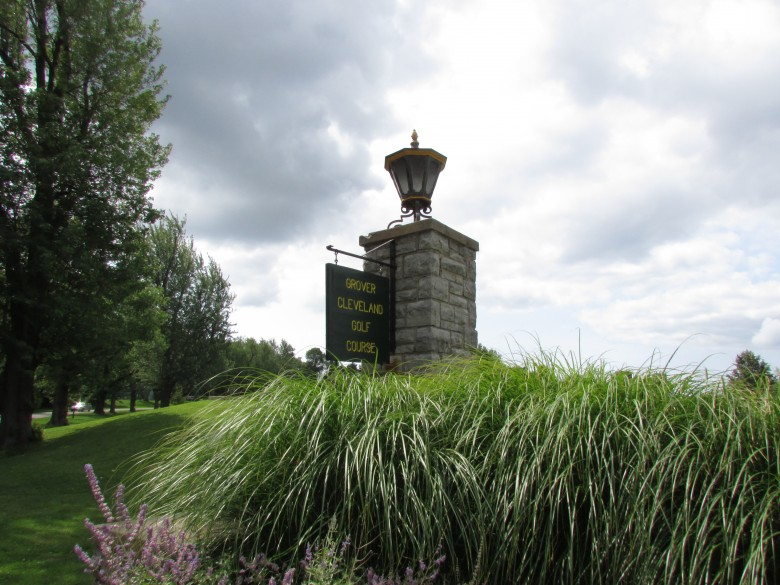Even if you've never picked up a putter, this brief, Buffalo-centric history of golf The 'Secret' U.S. Open Course You Can Play Easily: Home of the Par-6 by Larry Olmsted (that's not a typo) in, of all places, Forbes.com, will prove to be intriguing. Who knew that the oft overlooked Grover Cleveland Golf Course might actually be a bit more illustrious than the course embedded in Olmsted (that's the landscape architect) and Vaux's Delaware Park?
"The 1912 U.S. Open was technically held at a private course, the Country Club of Buffalo, NY, among the nation’s older clubs, dating to 1889. Legendary “Golden Age” architect Walter Travis spent two years preparing the course for the tournament, with ample bunkering, the now unheard of par-6 and an equally odd overall par of 74. ... The Club later moved to the suburbs and sold its property to the City of Buffalo in 1925. The site was renamed Grover Cleveland Park and the course Grover Cleveland Golf Course, which it remains today."
"Managed by Erie County, it is without a doubt the easiest, cheapest and least well-known Major venue you can play in the world (this time, British Isles included). While people sleep in their cars to tackle Bethpage and typically have to make reservations many months in advance (and spend about a thousand dollars with required room) to book a tee time at Pebble Beach, there is a very good chance you could show up tomorrow and walk right onto Grover Cleveland – for eighteen bucks ($21 on weekends). It is also without a doubt the only Major venue where the fee for a cart is more than the cost to play."
Olmsted then proceeds to give the Buffalo City Fathers a bit of advice: "Grover Cleveland, whose slogan is “Serenity at its Best, Golf at its Finest,” eliminated the par-6, and the layout now plays to a more manageable par of 69. If I were the city fathers, I would immediately restore the par-6, and create a golf attraction unique in the entire country, embracing the course’s claim as the only such hole in U.S. Open history. From an architecture or condition point of view, the course is not held in nearly the same company as most of its Major brethren, but from a historical standpoint, it goes toe to toe. It also boasts an architecturally significant clubhouse, and the course was the “runway” for the first flight in Western New York. Best of all, you can play a round here and then feast on Buffalo’s more famous historical contribution, the hot chicken wing, all for less than lunch at most of the other Major Venues you can play."
Sounds like a plan. Let's do it!

